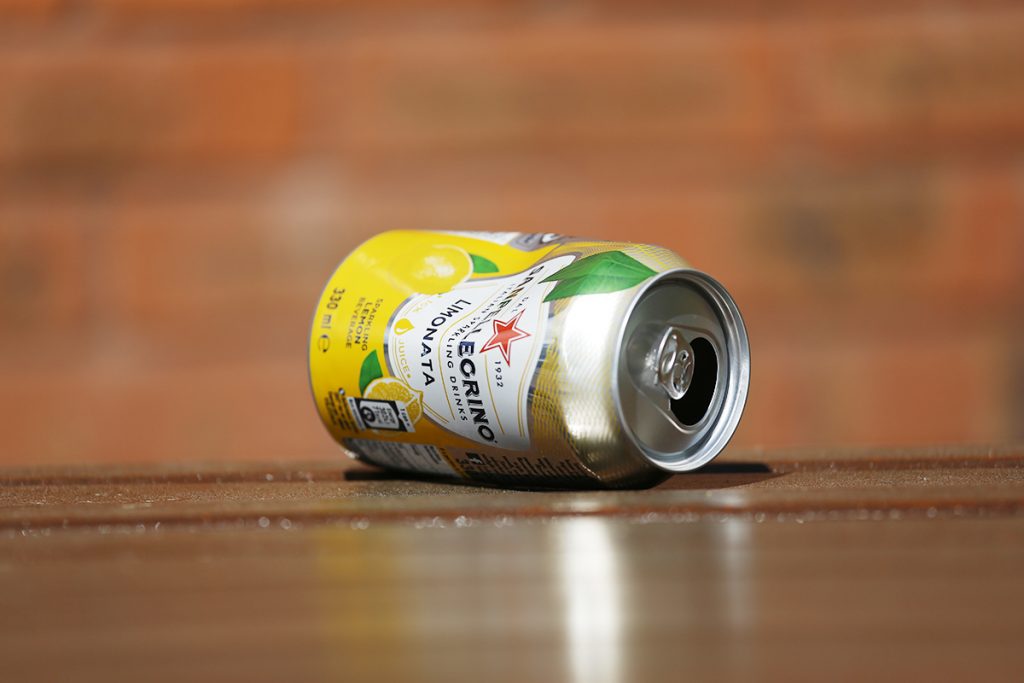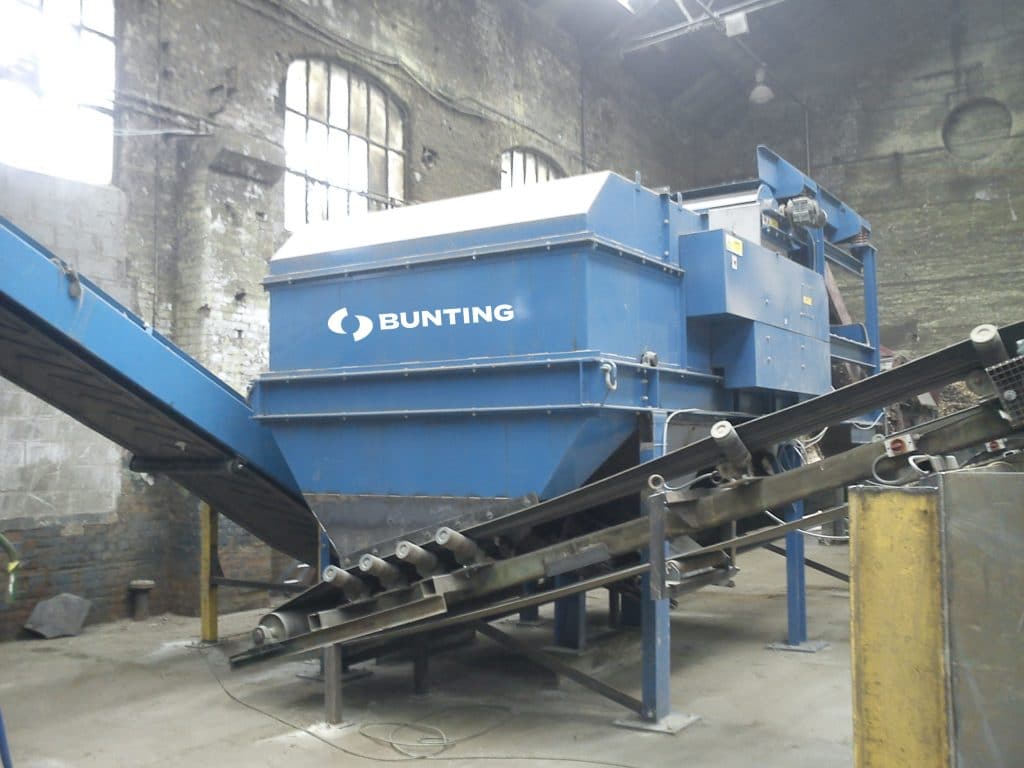Record UK Aluminium Packaging Recycling Rate
By Paul Fears | 18 May 2020
The aluminium packaging recycling rate in the United Kingdom rose to a record high of 56% in 2019, up from 52% in 2018 (Environment Agency data published by National Packaging Waste Database (NPWD and reported on the Alupro website). The business recycling target of 61% was also exceeded by 2% with the recycling of a record 76% of aluminium cans.

The amount of aluminium packaging sold in the UK continues to grow annually, reaching 207,000 tonnes in 2019. Aluminium packaging includes products such as beverage cans, food trays, and food packaging.
Recovering Aluminium Packaging
Used aluminium packaging is recovered from a number of sources:
- Can banks and can collections – manually sorted at source by the general public;
- Pre-sorted refuse collections – recovered as one of the products from mixed dry recyclables preferentially sorted by each household;
- Mixed general refuse recycling operations – packaging that has entered the mixed waste collection stream (e.g. council-placed street waste collection bins, mistakenly put into general waste at source by households;
- Household waste incineration plants – an increasing amount of aluminium packaging was recovered from incineration ash as a result of increasing volume of household waste being diverted to energy from waste plants (EfW) rather than going to landfill;
Aluminium Packaging Recycling Technology

As with steel, aluminium packaging is recoverable using proven magnetic-based technology. The Eddy Current Separator is widely used to physically and dynamically expel aluminium from non-metallic waste. The application of this automated separation technology is fundamental to the future growth in aluminium packaging waste.
Separation of aluminium packaging on an Eddy Current Separator occurs when the metal is conveyed into the changing magnetic field of a high-speed, rotating, multi-pole magnet. The resultant effect causes the propulsion of the aluminium away from other non-metallic material, enabling separation and recovery.
Eddy Current Separators are found in:
- Pre sorted refuse recycling facilities (MRFs) – positioned either prior to and post picking stations;
- Mixed general refuse operations – positioned post-screening, commonly on a specifically sized fraction;
- Incineration ash
- Prior to incineration – recovering fully formed aluminium packaging, usually post-screening as in a mixed general refuse operation;
- Post incineration – during incineration, the aluminium packaging melts and turns into globules that fall through the grate and into the ash. After de-watering, crushing and screening, the melted and then cooled aluminium is recovered;
Increasing Recycling Rates
The automated separation and recovery of aluminium packaging is key to reaching the UK Government’s target of 64% in 2020 (business recycling target). Regularly reviewing the operational performance of the Eddy Current Separator is vitally important, ensuring that maximum aluminium recovery is maintained at all times.
For additional information on Eddy Current Separators and Magnetic Separators used to separate and recover both ferrous and non-ferrous metals, please contact us on:
Email: Gordon Kerr at GKerr@buntingmagnetics.com
Telephone: +44 (0) 1527 65858
Follow us on social media